Best Companion Plants For Bleeding Hearts
Title: Best Companion Plants for Bleeding Hearts
Introduction:
Bleeding hearts (Dicentra spp.) are beautiful perennials that are known for their delicate, heart-shaped flowers. They are relatively easy to care for and can be grown in a variety of climates. However, bleeding hearts do have one drawback: they tend to die back in the summer. This can leave a large empty spot in your garden, which is why it's important to choose companion plants that will fill in the space and provide interest throughout the growing season.
In this blog post, we will discuss the best companion plants for bleeding hearts. We will also provide tips on how to plant and care for these beautiful flowers.
Main Content:
- Hostas are a classic companion plant for bleeding hearts. They have large, lush leaves that will provide a backdrop for the delicate flowers. Hostas also prefer shade, which is the same growing condition as bleeding hearts.
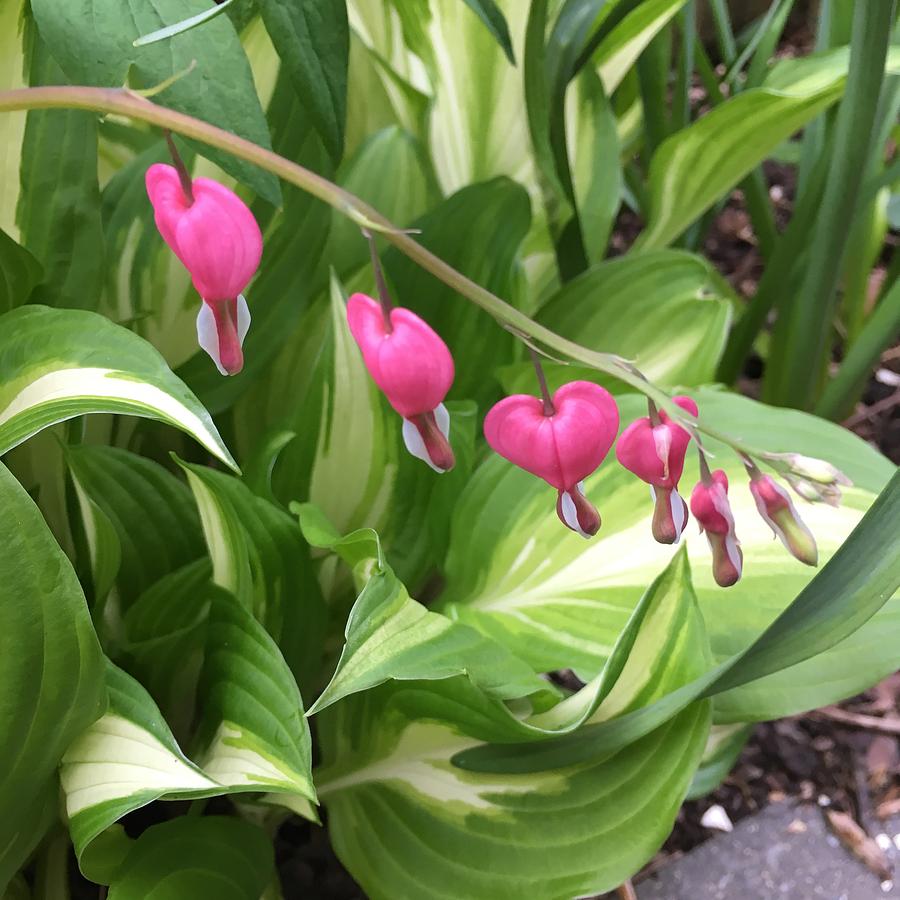
- Ferns are another good choice for companion plants for bleeding hearts. They add height and texture to the garden, and their delicate fronds will complement the heart-shaped flowers. Ferns also prefer shade, so they will thrive in the same conditions as bleeding hearts.
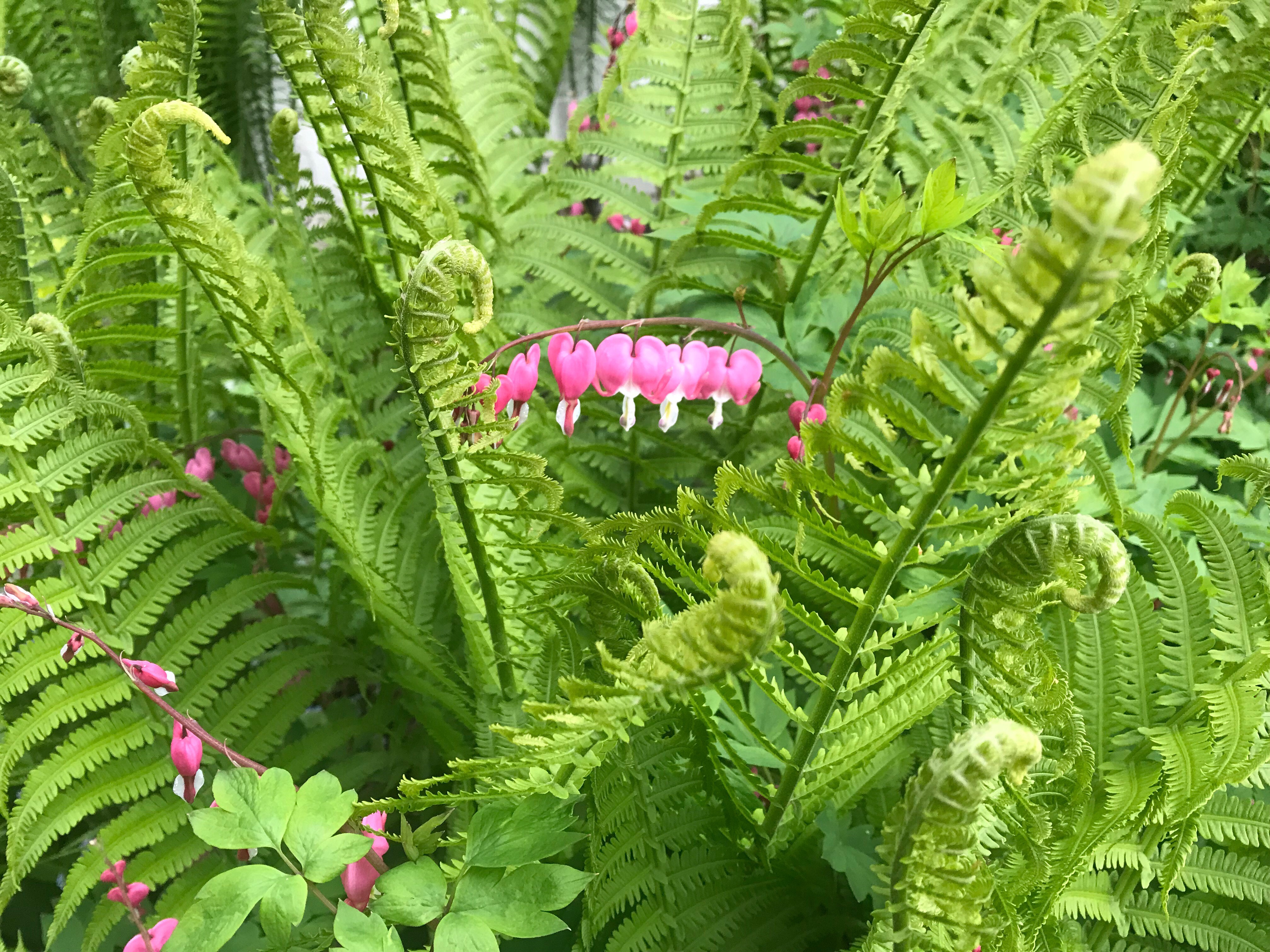
- Astilbe is a beautiful flowering perennial that blooms in the summer. Its tall, airy flowers will provide a contrast to the low-growing bleeding hearts. Astilbe also prefers shade, so it is a good choice for companion plants.
- Coral bells are a colorful addition to any garden. Their bright blooms will add a pop of color to the shady spot where you plant your bleeding hearts. Coral bells are also relatively low-maintenance, so they are a good choice for busy gardeners.
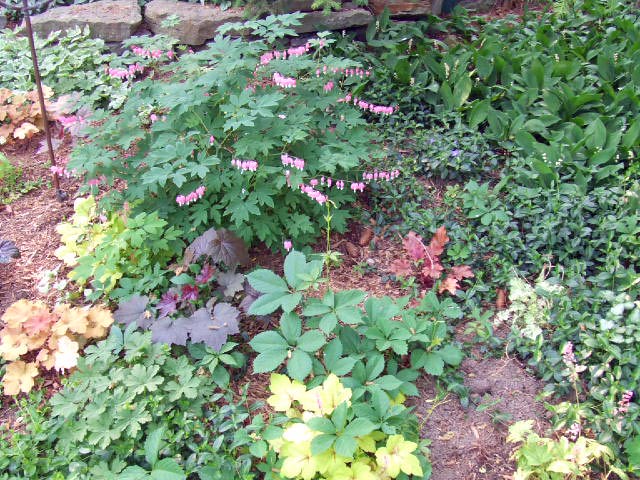
- Lungwort is a woodland perennial that has blue, pink, or white flowers. It blooms in the spring, just before bleeding hearts. Lungwort is also shade-tolerant, so it is a good choice for companion plants.

- Anemones are a group of spring-blooming flowers that come in a variety of colors. They are a good choice for companion plants for bleeding hearts because they have similar growing conditions. Anemones also add height and interest to the garden.
- Primroses are another group of spring-blooming flowers that are a good choice for companion plants for bleeding hearts. They come in a variety of colors, including yellow, orange, pink, and purple. Primroses are also relatively low-maintenance, so they are a good choice for busy gardeners.
- Wood poppies are a beautiful wildflower that blooms in the spring. They have bright orange or yellow flowers that will add a touch of color to your garden. Wood poppies are also shade-tolerant, so they are a good choice for companion plants for bleeding hearts.

- Corydalis is a delicate wildflower that blooms in the spring. Its blue or pink flowers will add a touch of elegance to your garden. Corydalis is also shade-tolerant, so it is a good choice for companion plants for bleeding hearts.

- Solomon's seal is a beautiful woodland perennial that has white flowers. It blooms in the spring, just before bleeding hearts. Solomon's seal is also shade-tolerant, so it is a good choice for companion plants.

Conclusion:
These are just a few of the best companion plants for bleeding hearts. By choosing plants that have similar growing conditions and bloom times, you can create a beautiful and harmonious garden.
- Ferns
- Brunnera macrophylla (also known as "Jack Frost")
- Astilbes
- Coral bells (Heuchera)
- Foamflowers (Tiarella)
- Foamy bells (Heucherella)
FAQ of companion plants for bleeding hearts
- What are some good companion plants for bleeding hearts?
Bleeding hearts (Dicentra spectabilis) are shade-loving perennials that bloom in spring with delicate, heart-shaped flowers. They prefer moist, well-drained soil and can be susceptible to powdery mildew if planted in too much shade. Some good companion plants for bleeding hearts include:
* Hostas: Hostas are another shade-loving perennial that can help to hide the bleeding heart's foliage as it declines in summer. They come in a variety of leaf shapes and colors, so you can find one that will complement the bleeding heart's flowers.
* Ferns: Ferns are also a good choice for companion plants for bleeding hearts. They add graceful texture and movement to the garden, and their foliage can help to suppress weeds.
* Brunnera macrophylla: Brunnera is a hardy perennial that has blue spring flowers and attractive, spotted leaves. It is a good choice for companion plants for bleeding hearts because it blooms at the same time and its foliage remains attractive all summer.
* Astilbes: Astilbes are tall, graceful perennials that bloom in early summer with showy plumes of flowers. They can help to add height and interest to a bleeding heart planting.
* Coral bells (Heuchera): Coral bells are colorful perennials that bloom in spring and summer. They come in a variety of leaf colors, so you can find one that will complement the bleeding heart's flowers.
* Foamflowers (Tiarella): Foamflowers are low-growing perennials that bloom in spring with dainty, white or pink flowers. They are a good choice for companion plants for bleeding hearts because they can help to fill in the spaces around the taller plants.
- What are some things to avoid when planting companion plants with bleeding hearts?
When choosing companion plants for bleeding hearts, it is important to consider their light, soil, and moisture requirements. Bleeding hearts prefer moist, well-drained soil and partial shade. Avoid planting them with plants that have different light or moisture requirements, as this can lead to problems such as root rot or wilting.
It is also important to avoid planting bleeding hearts with plants that are susceptible to the same pests and diseases. For example, bleeding hearts are susceptible to powdery mildew, so avoid planting them with other plants that are also susceptible to this disease.
- How do I plant companion plants with bleeding hearts?
When planting companion plants with bleeding hearts, it is important to space them properly. Bleeding hearts need about 18 inches of space to grow. When planting with other perennials, be sure to follow the spacing recommendations for each plant.
It is also important to amend the soil before planting. Bleeding hearts prefer moist, well-drained soil. If your soil is sandy or clayey, add compost or peat moss to improve drainage.
Once you have planted your companion plants, water them well. Bleeding hearts need about 1 inch of water per week. Water more often during hot, dry weather.
- How do I care for companion plants with bleeding hearts?
Once your companion plants are established, they will require minimal care. Bleeding hearts and most of their companion plants are relatively low-maintenance. Water them regularly, especially during hot, dry weather. Fertilize them once a year in spring with a balanced fertilizer. Deadhead spent flowers to encourage more blooms.
With proper care, your companion plants and bleeding hearts will thrive for many years to come.
Image of companion plants for bleeding hearts
10 different images of companion plants for bleeding hearts that are free to use:
- Hostas are a classic companion plant for bleeding hearts. They have large, shade-loving leaves that will help to hide the bleeding heart's dying foliage in the summer.

- Ferns are another good choice for companion plants for bleeding hearts. They have delicate fronds that will complement the bleeding heart's flowers.

- Astilbe is a tall, airy perennial that will add height and interest to a bleeding heart planting.
- Brunnera is a low-growing plant with blue-green leaves and white flowers. It will spread to fill in the space around the bleeding heart.
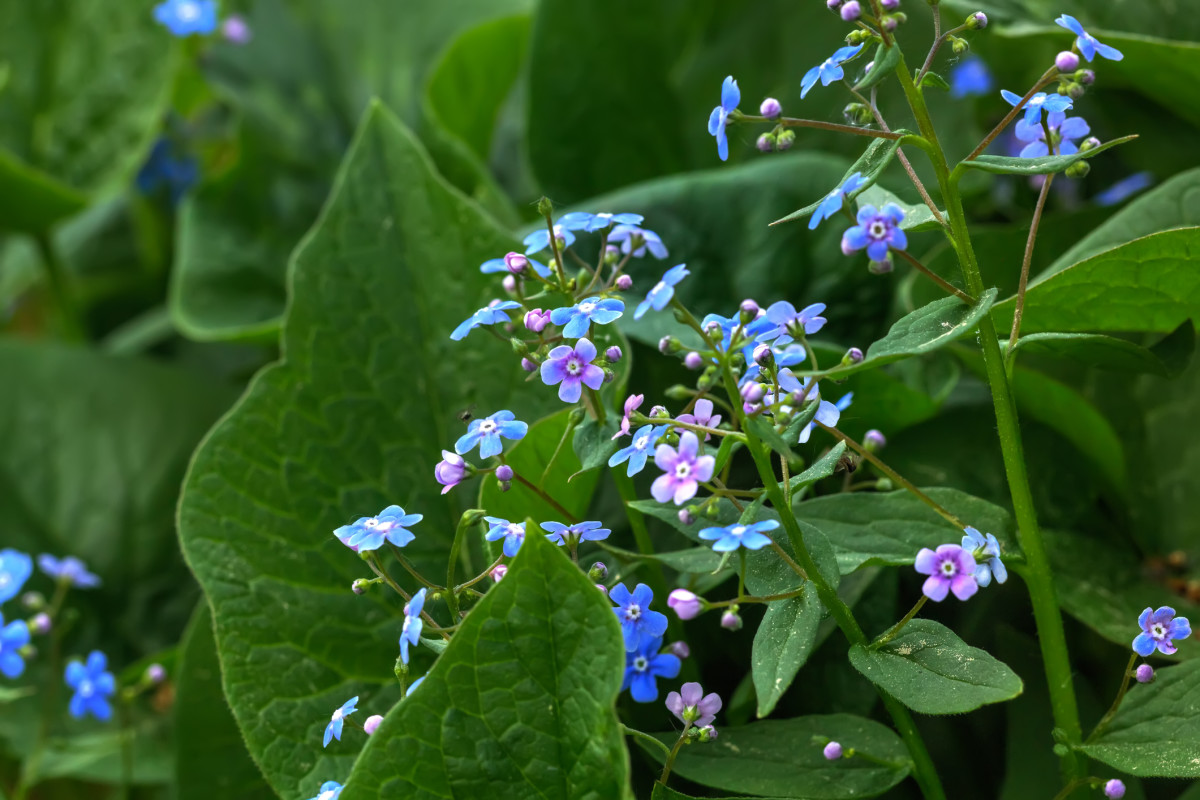
- Coral bells are a colorful perennial that will bloom at the same time as bleeding hearts.

- Lungwort is a shade-loving perennial with blue or pink flowers. It will bloom in the spring and early summer, after the bleeding hearts have finished.
- Virginia bluebells are a native wildflower that will bloom in the spring. They have delicate blue flowers that will look lovely with bleeding hearts.
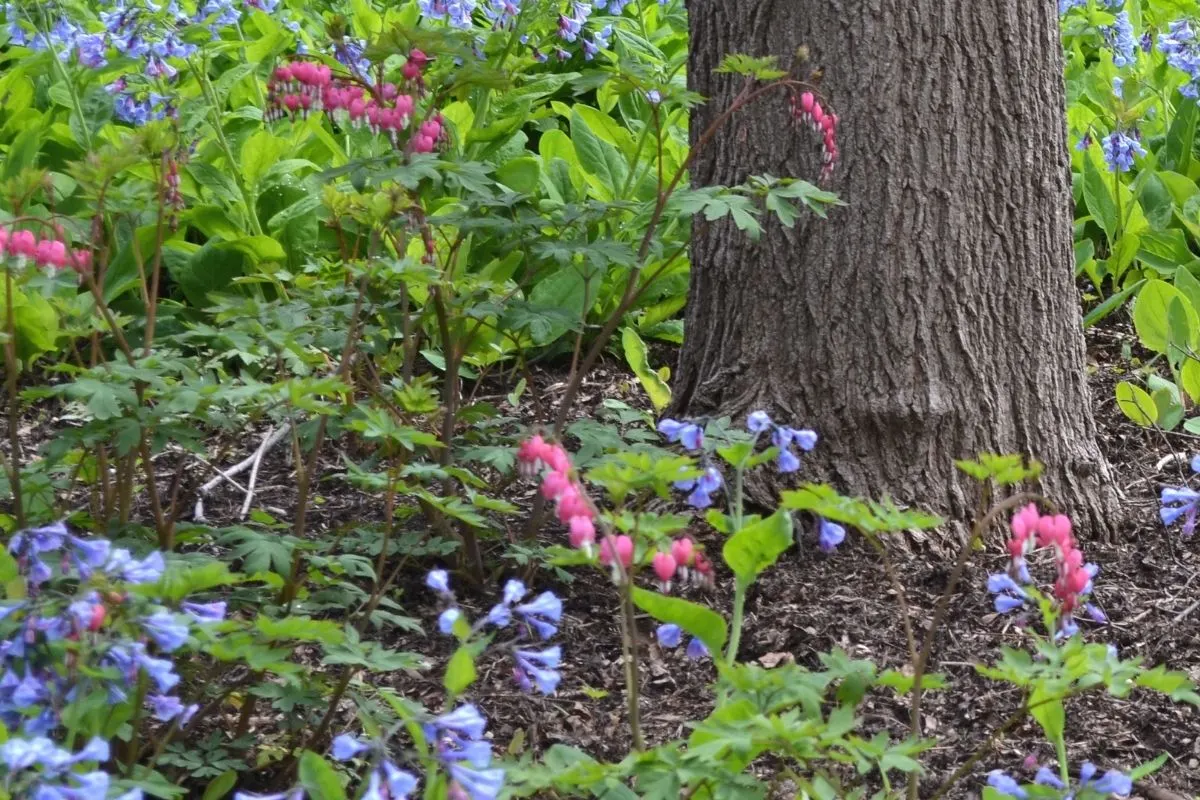
- Trillium is another native wildflower that will bloom in the spring. It has three-petaled white or pink flowers that will contrast nicely with the bleeding hearts.

- Jack-in-the-pulpit is a unique perennial that has a tall, hooded flower. It will bloom in the spring and early summer.
- Wood poppies are a low-growing perennial with bright orange flowers. They will bloom in the spring and early summer.


Post a Comment for " Best Companion Plants For Bleeding Hearts"